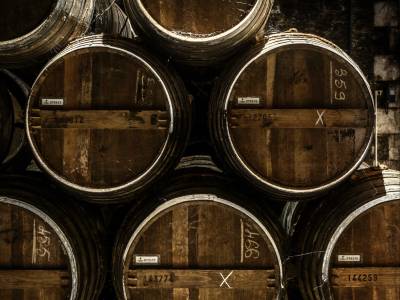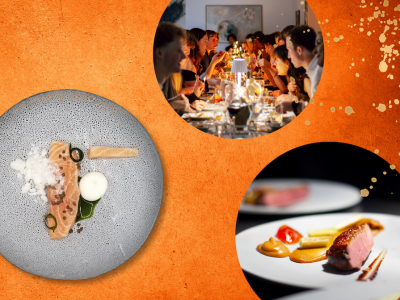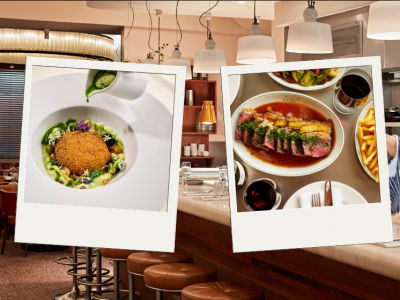And here’s another thing — cognac also works with a meal. Many spirits are too aggressive to pair with most foods and are better suited for enjoying alone. Not so cognac. It’s the rare spirit inherently built for culinary pairings, offering a unique range of flavour profiles that enable it to be enjoyed with a variety of foods.
Cognac and oysters? Absolutely, especially when chilled — it brings out the briny freshness. Mushrooms (think risotto) are a match made in heaven for cognac, their umami flavours enhanced by the nuttiness of aged cognac. Younger cognacs with their fruit-forward notes pair brilliantly with creamy cheeses and soft blues, while XO, with its complex flavours of grilled nuts, figs and dried fruits, make the perfect match for powerful cheeses such as Roquefort and Parmesan. Yes, pâtés, terrines and cured meats are also a winner with cognac, but so too is game, as its intense flavours balance out beautifully with a sip of neat cognac.
Top chefs are already aware of cognac’s ability to shine with food. One particular fan is two-Michelin-starred French chef Jean-François Piège, who regularly pairs dishes with cognac at his venerable Paris eatery, Le Grand Restaurant. A passionate collector of rare wines, Piège has even worked with Rémy Martin directly, singling out its XO and 1738 Accord to partner his food. “My saffron risotto goes particularly well with Rémy Martin XO because saffron matches extremely well with the aromatic palette of Rémy Martin XO,” he says.
“I’m a firm believer that pairing cognac with food can help to fully reveal its aromatic intensities,” says Charlton. “By pairing with complementary flavours or offsetting with contrasting flavours, new sensations are created and due to the complex nature of Rémy Martin cognacs, the spectrum is very wide. From salty to sweet and bitter to sour, there are many new flavour combinations. My favourites are neat Rémy Martin XO paired with Parmesan (the older, the better), and neat Rémy Martin 1738 with 70%-plus dark chocolate.
“In terms of cocktails, I would think more like a chef,” Charlton says. “For example, pairing a pear and walnut Old Fashioned with some blue cheese, or a Rémy Sidecar with some fritto misto. It’s all about balance.
Rémy Martin is available at Waitrose, waitrose.com
Rémy Martin is also one of the official partners of Sphere's 2020 winter issue. remymartin.com









